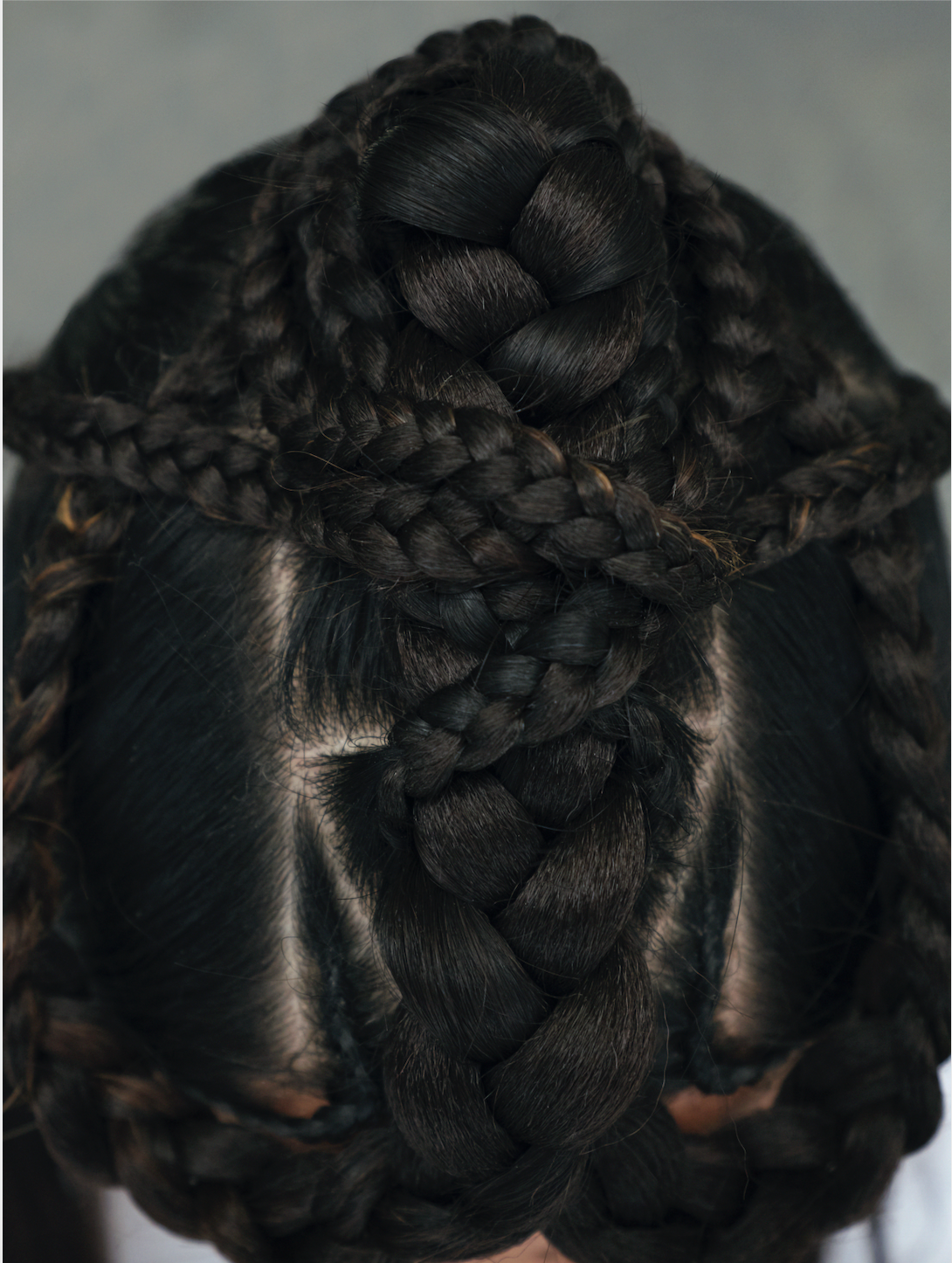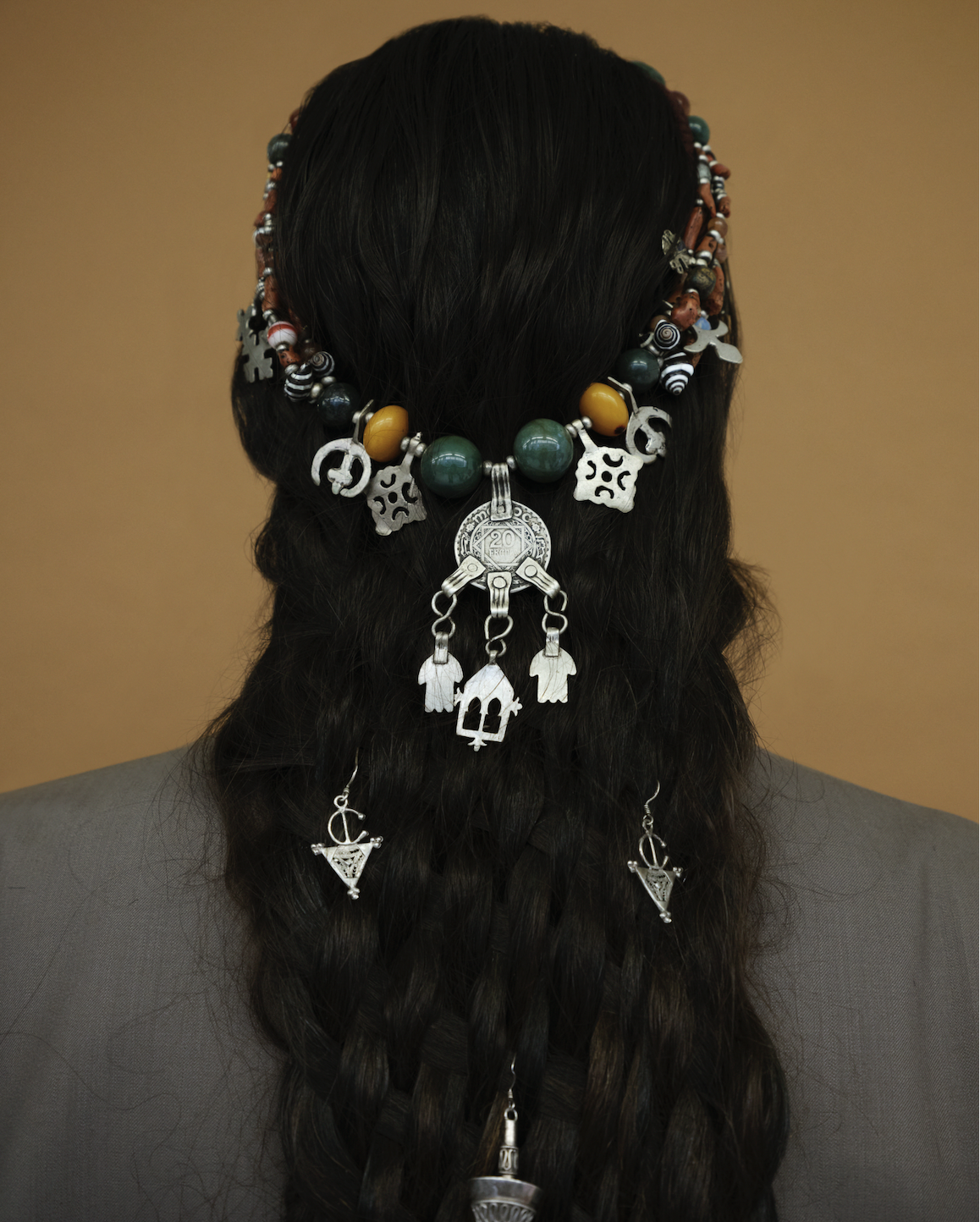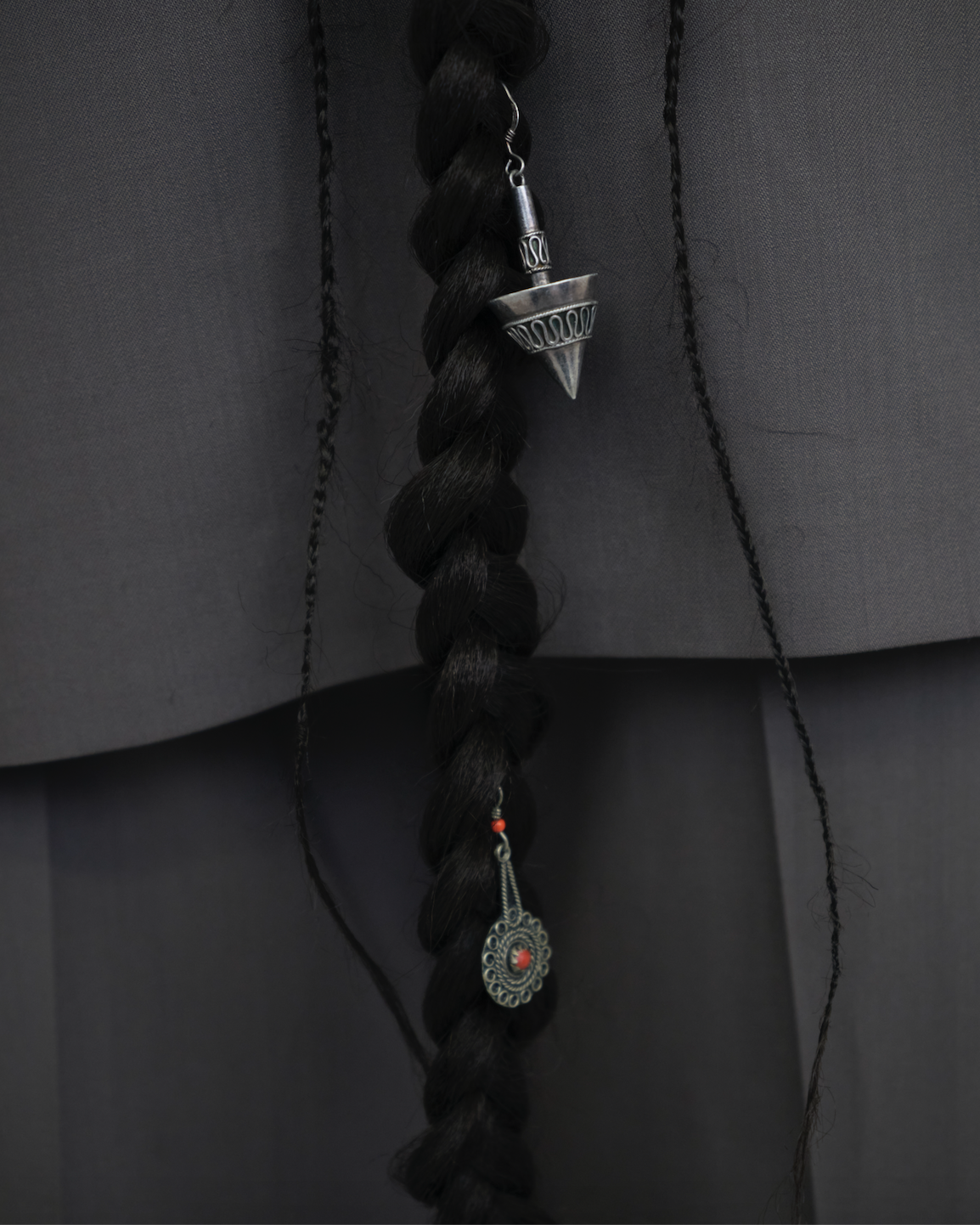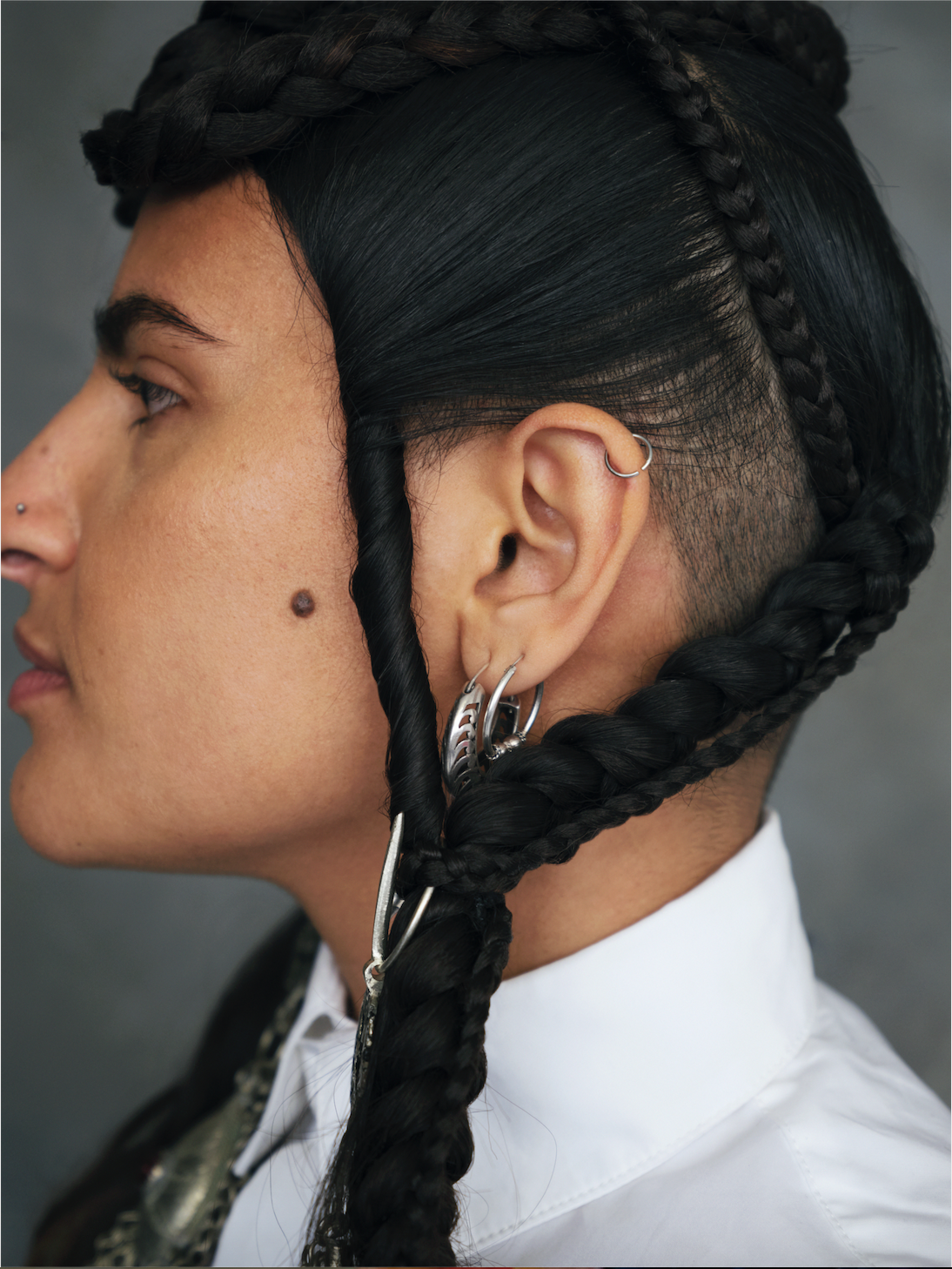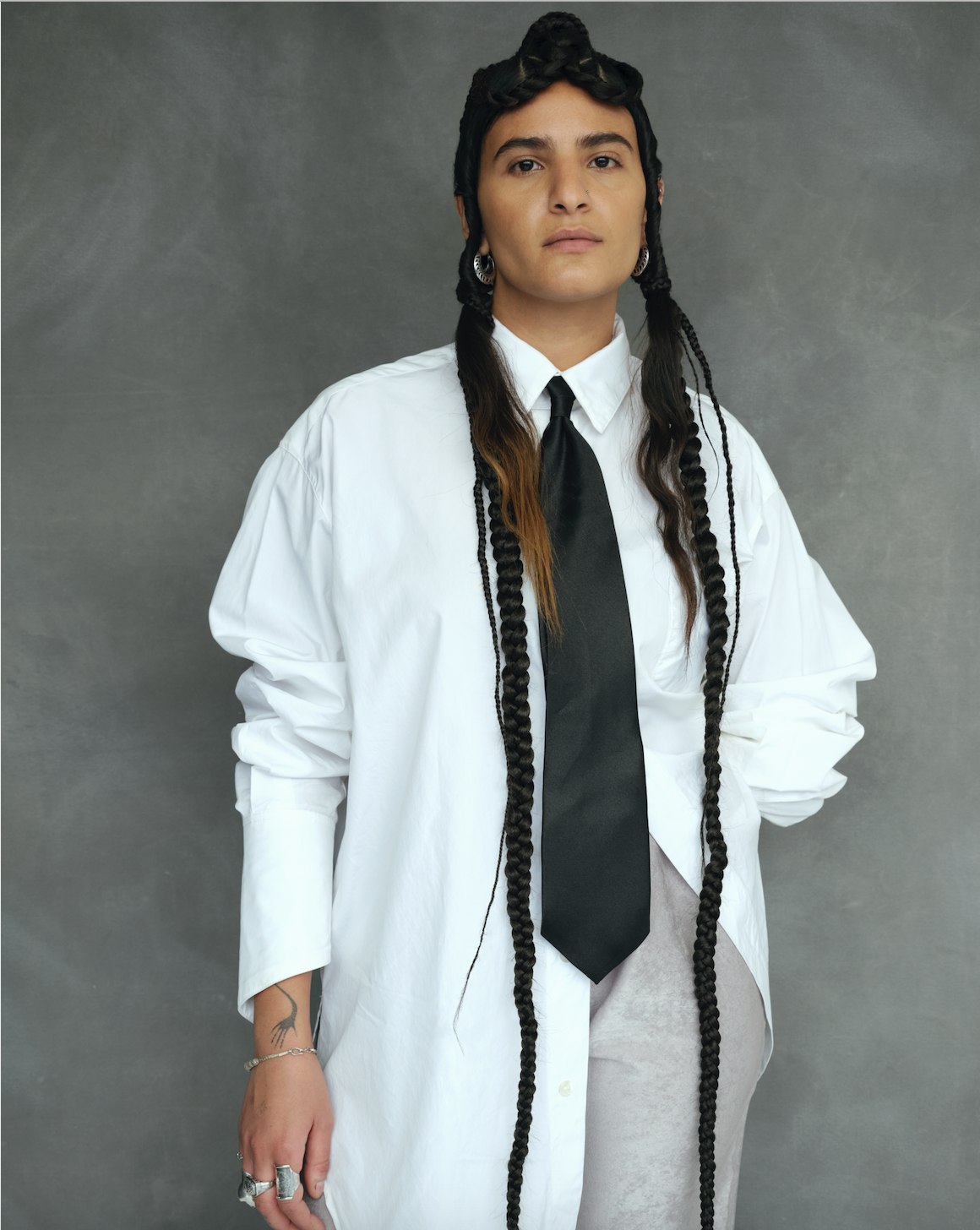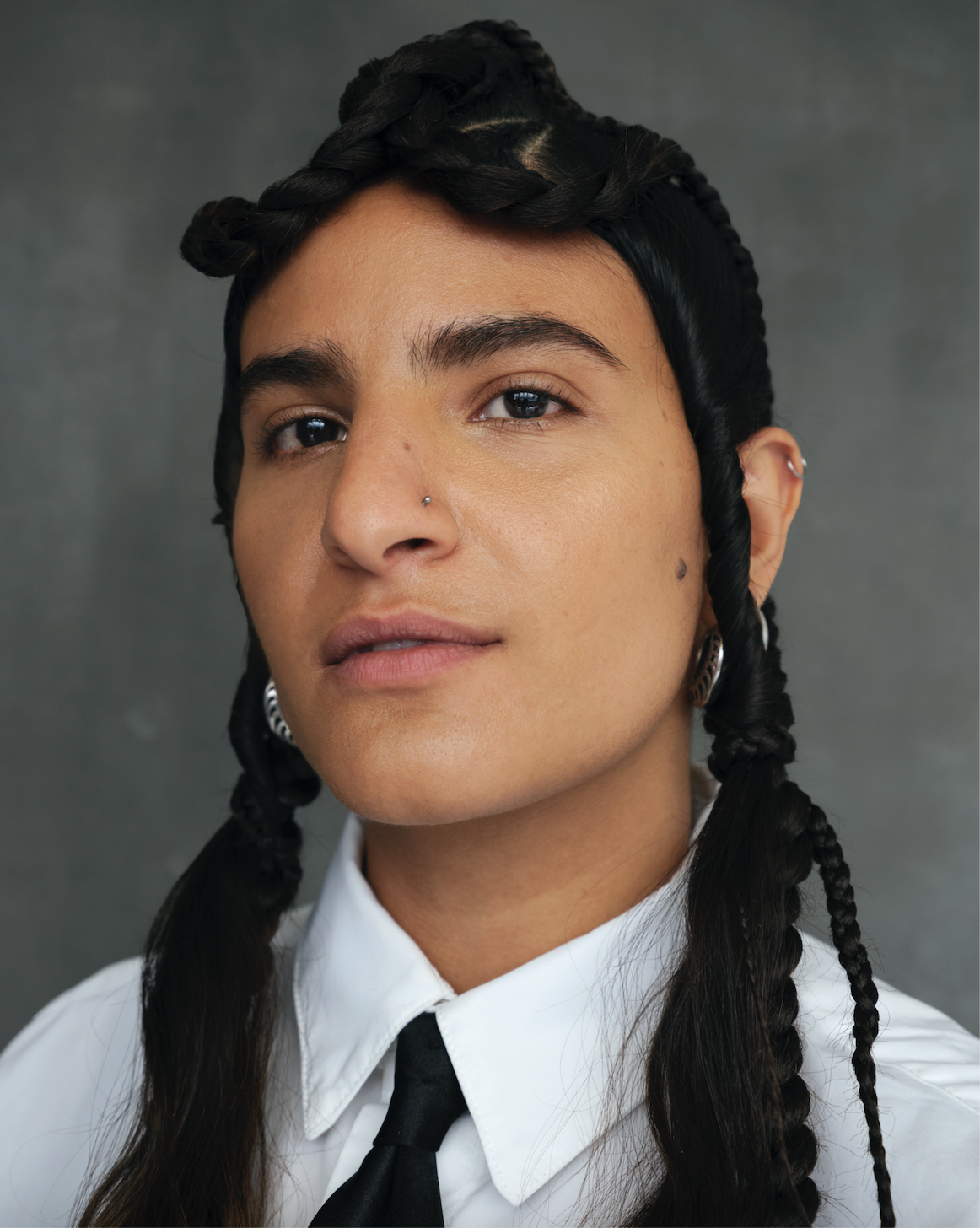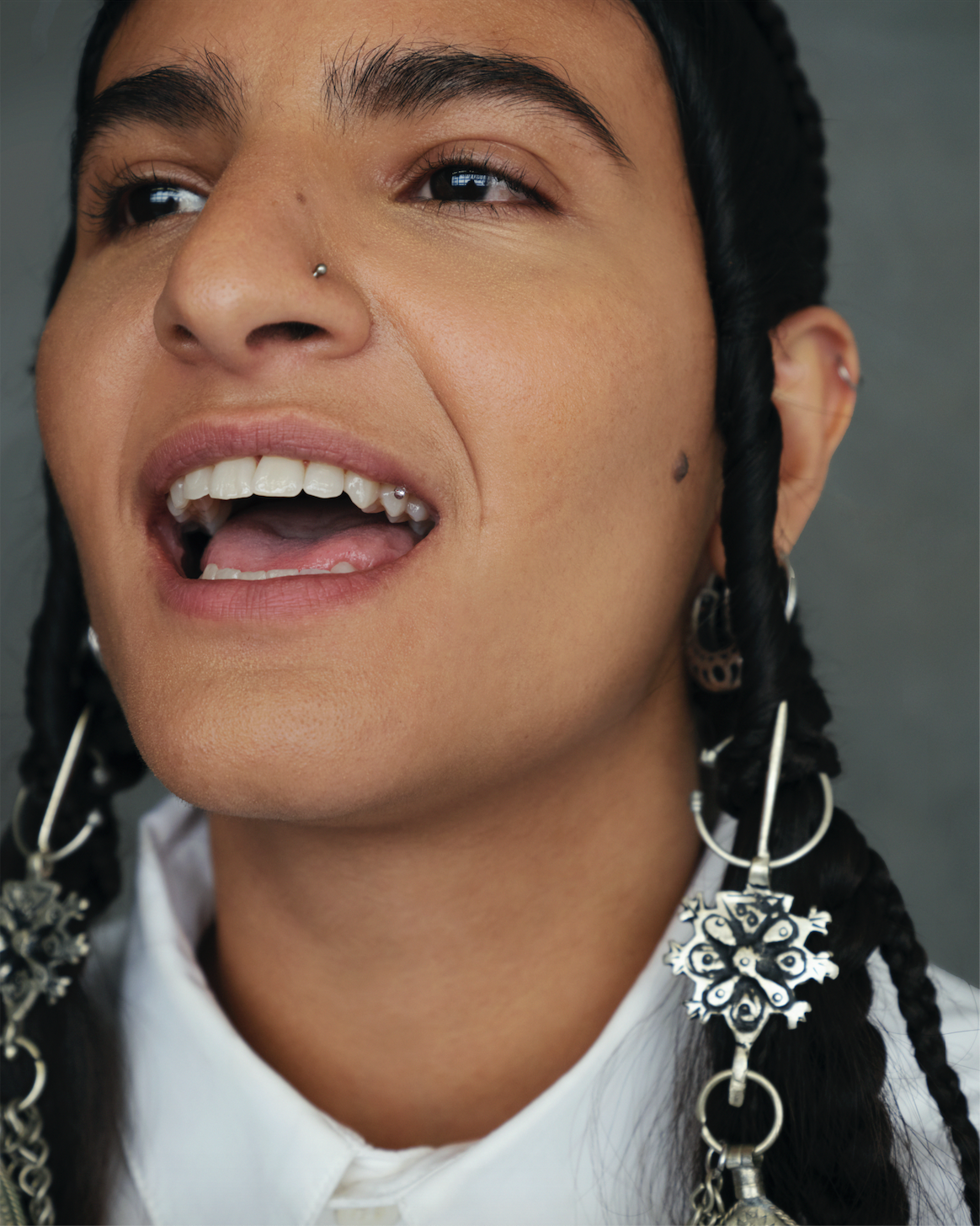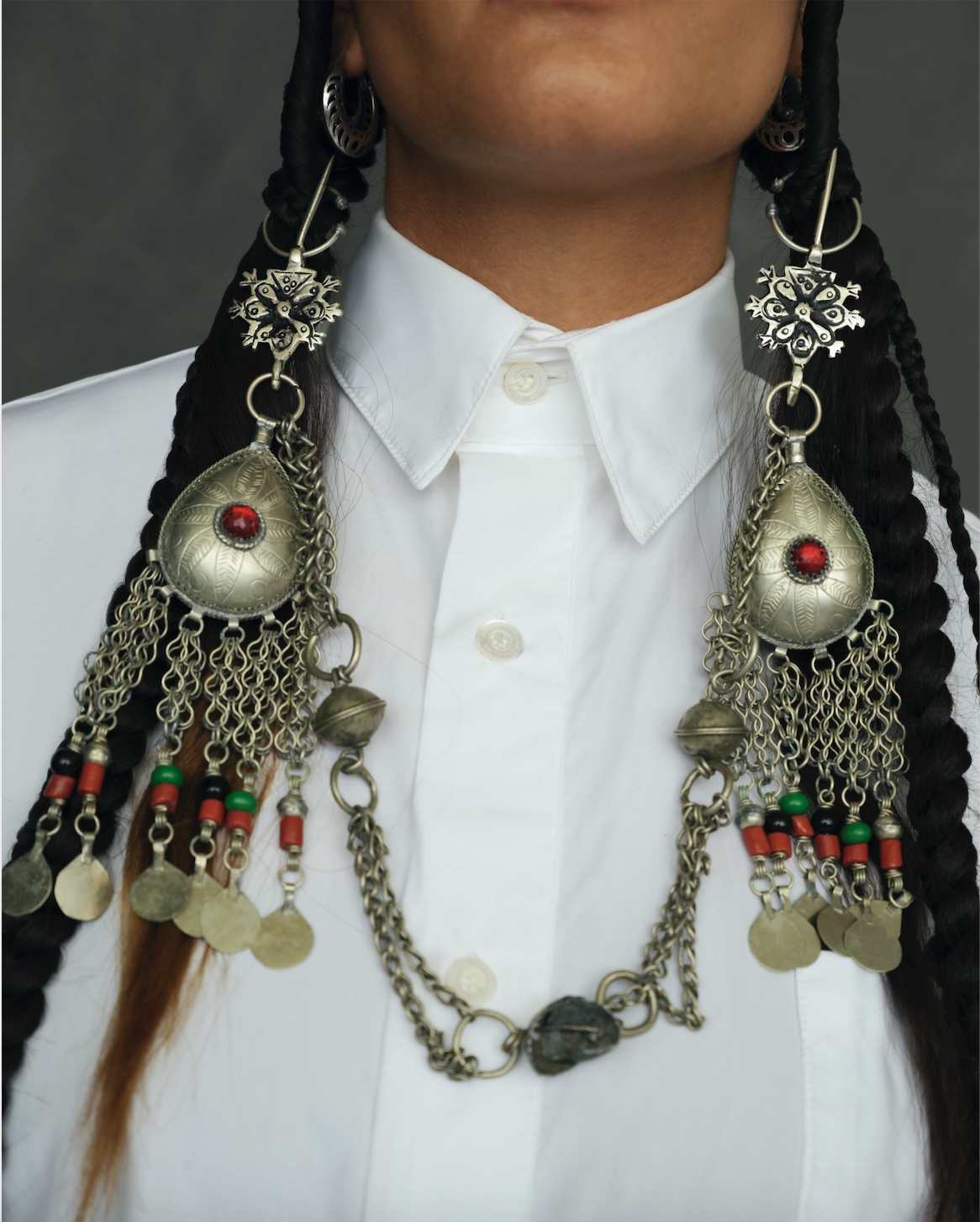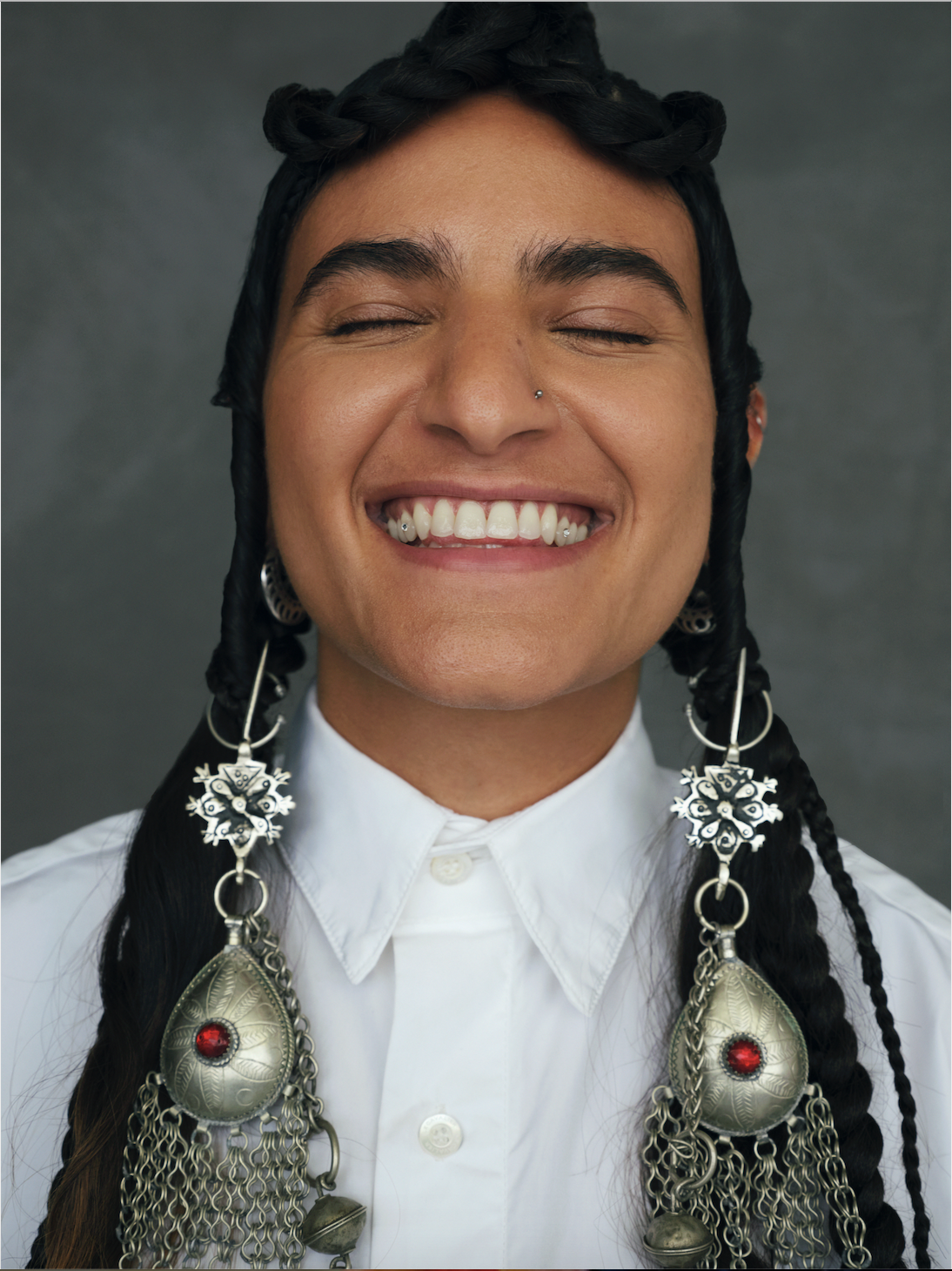Reframing one's self through hair: where identity and history meet
Words by Soukayna, edited by Rand Al-Hadethi
I rarely heard my family talk about our Amazigh roots. Growing up in Montreal, I only had access to them for a couple of months each year. Even with such confined slots, I have always felt a sense of attachment to my ancestry. Despite my grandparents’ restraint when discussing identity and history outside of their comfort zone and compromised knowledge, I remained curious enough to ask questions, deconstruct, recontextualize, archive, and disrupt.
My grandma’s father comes from a village outside of Marrakech; he was a farmer, and her family - like many others - moved to the city in the hopes of finding work. There’s a pattern of assimilation that is embedded in my family. Similarly to my grandma’s parents, my parents have, through immigration, folded into themselves by fear of being rejected in this new society they were settling into. Feelings of secrecy and shame lingered as we sat still in our roles. After all, we were given “the chance of a lifetime”.
We are “the success story”, and we can’t fuck it up.
I don’t really know my father’s family. I just know his mother’s face was adorned with facial tattoos and that she once visited me in a dream. Although I have met his father a rare few times and have (very) few photographs of his side of the family, my access to this part of my being is quite limited. When losing access to yourself, growth becomes an amorphous concept that craves defined contours. And all I could do for a long time was try to fit within a frame that has been melted and reshaped throughout generations.
How does one identify and present themselves when all they can access are archives and oral histories tarnished by shame, guilt, and rage?
As generations-old secrecy has run in my blood for God knows how long, I've made it my life mission to live in truth. I’ve spent such a long time trying to envision myself through lenses that weren’t compatible. As my capacity to engage in such limbo reached its limits, I posed questions that were often met with rigidity.
While I’d like to say I had the freedom to explore and expand on who I was growing up, the truth is that I aggressively reshaped the frame with a natural disdain for conventionality at the expense of my mother’s comfort. There was no one to look up to, relate to, or open up to about my inner turmoil. I knew I was different but didn’t understand how, why or what to do about it.
In hindsight, I’ve always known that I wasn’t straight. I simply didn’t have the vocabulary or knowledge to come to that conclusion. While my cousins would fawn over Kıvanç Tatlıtuğ, I would watch Mazzika TV religiously, waiting for Ruby’s Leih Beydari Keda video. I didn’t know my feelings weren’t common in our communities, much less frowned upon.
I’m still navigating my crevices within the confines of the outside world, but I like to believe that today I’m embracing all that was, is and will be. As I continue to explore truths about myself, I hope other family members find comfort in mirroring this self-exploration without hesitation.
With these reflections in mind, I wanted to honor what I know of my truth. With my hair as a playground, I explored feminine and masculine Amazigh hairdos and united two aspects of my being that I value. As we shaved my head little by little throughout the day of the shoot, I could feel the weight of expectations slowly shedding off of me with all the time and energy spent questioning my being’s legitimacy – as if my existence alone wasn’t proof of faith, culture, and love in itself.
CREDIT:
Concept and art direction: Soukayna @soukayna.lucidcorpse
Hair: Laurie Deraps @laurie_deraps
Photo: Oumayma B. Tanfous @oumaymabtanfous
Makeup: Mayillah @mayillah_

